Eastern Colorado has been mired in a drought since the turn of the century, so the ground was dry on this day and low-level moisture was meager. The cells that formed were high-based and strange looking. The one along I-70 between Arriba and Flagler looked more like a jellyfish than a storm. Storms like these are virtually unknown, as chasers and the general public alike tend to avoid them in favor of cleaning silverware. The precip that fell evaporated readily and cooled its surroundings, according to the laws and by-laws of physics. This caused the air to slam the ground, forming tumbleweeds out of thin air and sending aerosols and particulate matter skyward. How many other storm-chase web sites use the term “particulate matter” anyway? You know darn well that you are on the best web site available when terms like “particulate matter” are employed.
digital stills above, slides below
The first five stills below were taken in a span of about 30 seconds, as a dry microburst takes aim at the Colorado prairie. These views are to the north, near the dinky communities of Shaw and Thurman, Colorado.

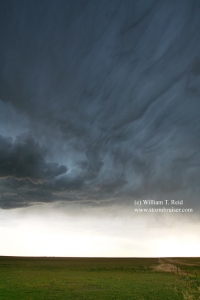
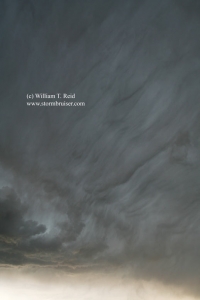
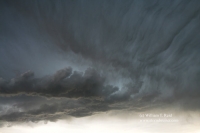
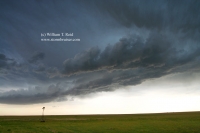
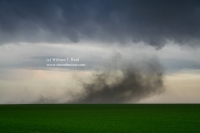
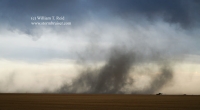
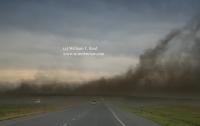



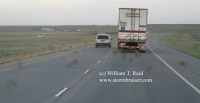

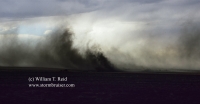
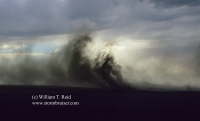
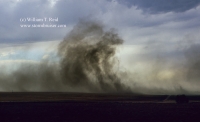
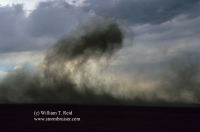
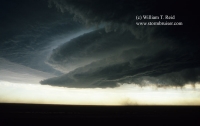
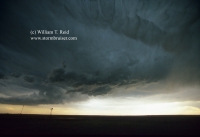
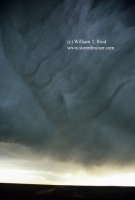
Leave a Reply
You must be logged in to post a comment.